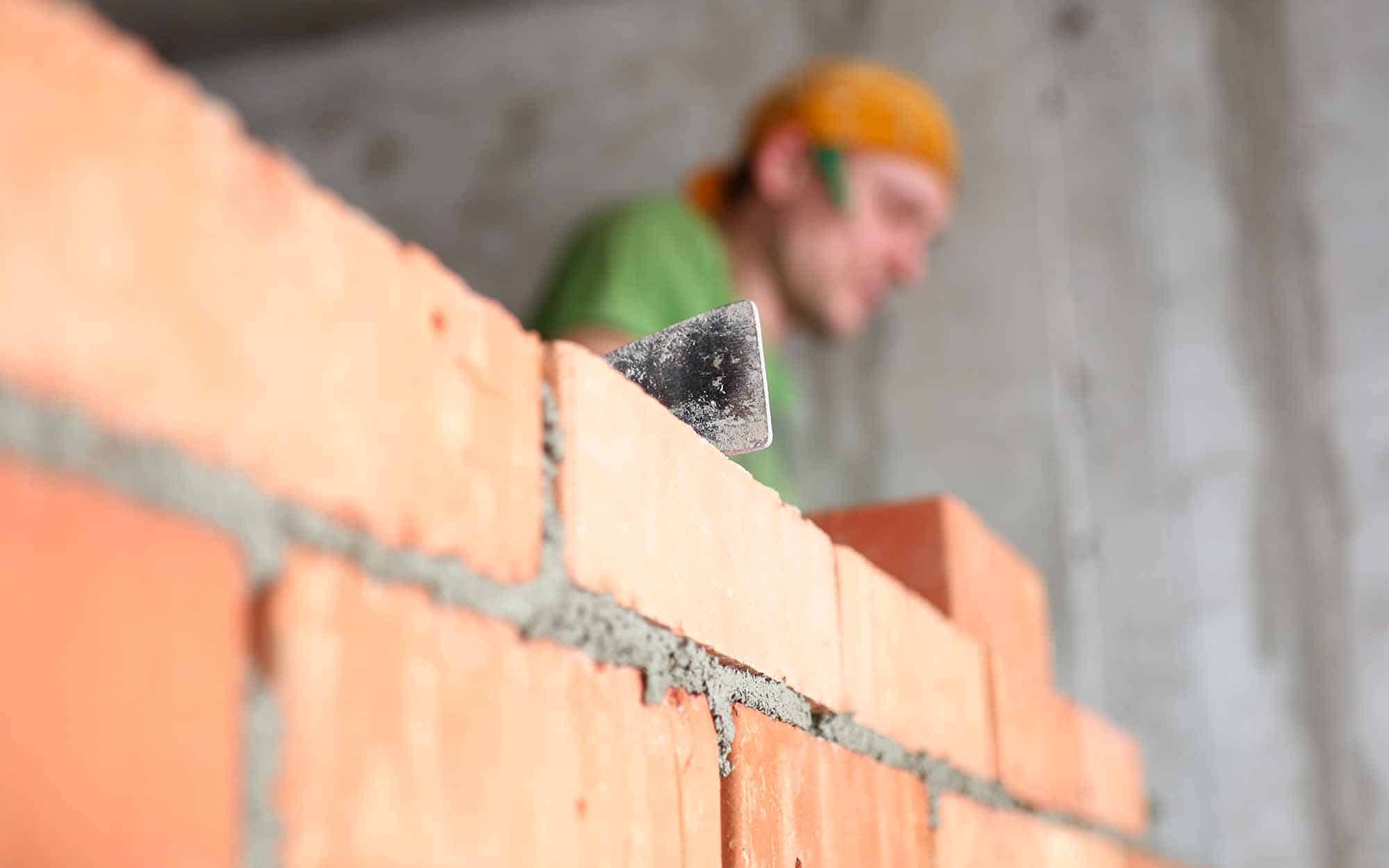Schedule a Chimney Sweep Today for a Tidy and Safe Fire Place
Schedule a Chimney Sweep Today for a Tidy and Safe Fire Place
Blog Article
Opening the Tricks of Lasting Stonework Construction Practices for Eco-Friendly Structures
In the realm of modern building, the search of sustainable practices has actually ended up being vital. Amongst the myriad approaches to environment-friendly building, sustainable stonework construction attracts attention as a time-tested and durable technique that holds a wide range of untapped possibility. From the option of materials to cutting-edge building methods, the secrets to accomplishing sustainability within stonework building and construction are complex and appealing. By discovering the benefits, products, strategies, and future patterns of lasting stonework, a much deeper understanding of how these practices can form the future of environment-friendly structures arises.
Benefits of Sustainable Stonework Building
Welcoming lasting stonework building and construction methods not just minimizes ecological impact however additionally offers long-lasting economic benefits to home builders and neighborhoods. By utilizing products like recycled bricks, blocks, and rocks, contractors can considerably lower the carbon impact of their projects while advertising resource performance. Furthermore, sustainable stonework construction strategies, such as appropriate insulation and thermal mass residential properties, can improve power effectiveness within structures, resulting in minimized operational expenses with time.
Furthermore, the toughness and durability of masonry structures contribute to long-lasting financial benefits. Buildings built using sustainable stonework practices frequently call for much less maintenance and fixing, converting to set you back financial savings for builders and homeowner. The durability of masonry materials likewise guarantees that structures continue to be steady and protected, minimizing the need for regular remodellings or substitutes.
Eco-Friendly Stonework Materials
Using environmentally friendly stonework products is a pivotal step towards improving the sustainability of construction methods and reducing environmental influence while making best use of long-term economic benefits. Sustainable masonry materials are sourced, created, and used in a fashion that lowers overall environmental impact. Materials such as recycled bricks, recovered stone, and sustainable concrete blocks are ending up being progressively prominent options for eco-conscious building contractors. Recycled blocks, for example, not only divert waste from landfills but also require less power to generate contrasted to brand-new blocks. Recovered stone provides a distinct aesthetic appeal while lowering the need for new quarrying. Lasting concrete obstructs integrate recycled aggregates and may feature better insulation homes, adding to energy efficiency in structures.
In addition, natural materials like adobe, rammed planet, and straw bales give outstanding thermal mass residential or commercial properties, reducing the requirement for home heating and cooling energy. These materials are commonly locally readily available, promoting local economies and lowering transportation-related carbon discharges. By picking green masonry products, building and construction projects can dramatically decrease their environmental footprint and add to the development of much healthier, more sustainable constructed environments.
Energy-Efficient Stonework Techniques
Power performance plays a crucial role in improving the sustainability of stonework building and construction techniques. By executing energy-efficient stonework strategies, builders can considerably decrease the overall energy usage of a structure, bring about reduced operational costs and a smaller environmental footprint. One vital energy-efficient masonry method is making use of thermal mass, which includes why not try this out including thick products like concrete or block right into the structure's structure to soak up and save warmth. This helps regulate indoor temperatures, reducing the need for mechanical heating and cooling systems.

Innovations in Lasting Masonry
Current developments in lasting masonry techniques have caused cutting-edge strategies that are reshaping the building industry. One such technology is the development of self-healing concrete, which uses bacteria embedded within the concrete to recover splits autonomously. This advancement not just decreases upkeep costs yet additionally enhances the longevity of masonry structures, adding to their sustainability.
One more remarkable development is the usage of recycled accumulations in masonry construction - masonry contractor. click here for more By integrating products such as smashed ceramic waste or recycled glass into concrete mixes, builders can decrease the ecological influence of construction projects while maintaining structural stability. This technique not just diverts waste from land fills yet additionally conserves natural deposits, making it an essential improvement in lasting stonework building and construction
Additionally, the combination of digital style devices, such as Structure Details Modeling (BIM), is changing the means stonework structures are prepared and built. BIM permits for even more specific estimations, lowered product wastage, and boosted power performance, inevitably causing more lasting structure techniques. These technologies jointly signify a promising future for sustainable stonework building and construction in the period of green structures.
Future Trends in Masonry Sustainability
With the innovative strides made in sustainable stonework methods, the future trends in masonry sustainability are positioned to additional transform the construction sector. Among the essential trends forming the future of masonry sustainability is the increased assimilation of innovation. Developments such as Structure Info Modeling (BIM) and online fact simulations are being used to optimize stonework building processes, leading to lowered product waste and enhanced energy performance in buildings.
Furthermore, the advancement of novel lasting products is readied to play a significant duty in improving the eco-friendliness of masonry construction. masonry contractor. Innovations like self-healing concrete, recycled accumulations, and bio-based binders are gaining grip for their capability to minimize ecological impact while maintaining architectural stability

Verdict
In conclusion, sustainable stonework building techniques offer many advantages for environment-friendly buildings. By making use of environment-friendly products and energy-efficient methods, stonework can contribute to a much more sustainable developed atmosphere. Developments in sustainable masonry are continuously being developed to further enhance the ecological efficiency of structures. Looking in the direction of the future, the pattern of masonry sustainability is expected to grow, leading to even more eco-friendly and energy-efficient building and construction techniques in the years to find.
Report this page